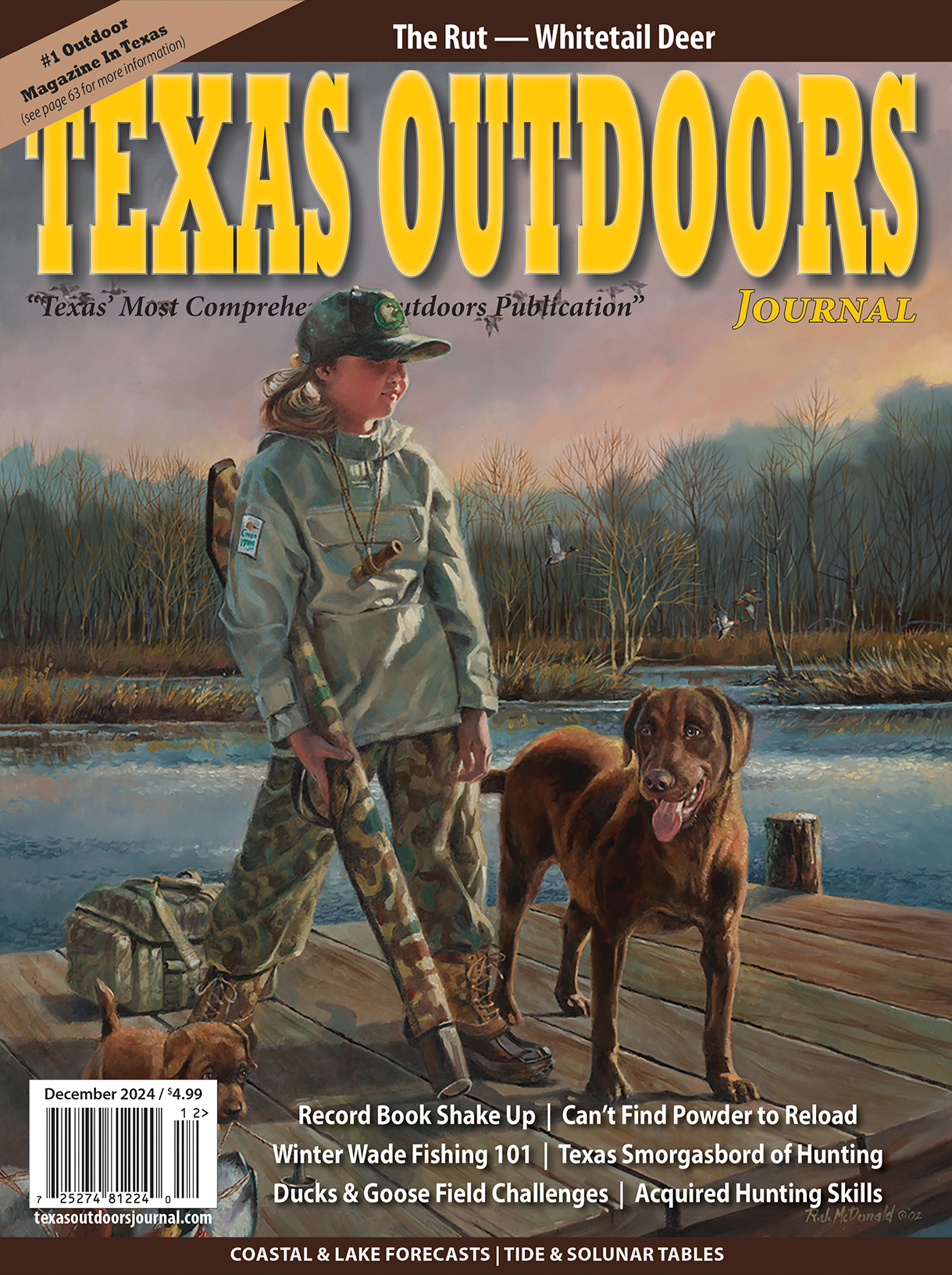
TPWD, Local Partners Improving Fish Habitat at Central Texas Lakes
Collaborative Effort Bolsters Aquilla Lake, Lake Georgetown and Granger Lake
AUSTIN – With the help of local volunteers and financial support from the Brazos River Authority (BRA), inland fisheries staff from the Texas Parks and Wildlife Department (TPWD) completed several projects to improve fish habitat and provide better fishing opportunities at Aquilla Lake, Lake Georgetown and Granger Lake in fall 2017.
The projects included sinking a variety of artificial structures made of recycled plastics and transplanting native aquatic plants to supplement or replace diminishing natural habitat at these popular fishing destinations.
“All of the reservoirs in Texas are aging, and as a result their habitat is degrading over time,” said Brian Van Zee, TPWD Inland Fisheries Regional Director. “These habitat projects not only serve to provide habitat for fish but they also help improve fishing opportunities in these reservoirs.”
On Aquilla Lake, near Waco, fisheries biologists transplanted 240 native water willow plants and established three new plant colonies at the lake. Biologists also established four artificial reefs by sinking 160 Fishiding Stakeout structures in locations selected to provide easy access for anglers.
“Aquilla Lake is unique among area reservoirs in that it provides a quality crappie population that is more popular with anglers than black bass,” said John Tibbs, TPWD Inland Fisheries District Supervisor for Waco. “But because heavy sedimentation in the lake negatively impacts habitat availability, anglers often have a hard time finding the best places to fish. These new structures will help improve catch rates and provide habitat for many species in the lake.”
At Lake Georgetown, near Austin, fisheries biologists and volunteers from the Sun City Hunting and Fishing Club restored 30 existing brush-pile habitat sites by constructing and sinking 120 long-lasting Mossback artificial structures consisting of 60 Trophy Tree units and 60 Root Wad units. The GPS-marked habitat sites aim to improve cover and catch rates of largemouth bass, the most sought-after sport fish species in the lake.
“Brushpiles offer excellent habitat for largemouth bass in Lake Georgetown, but their longevity is limited to a few years before they decompose and lose their effectiveness,” said Marcos De Jesus, TPWD Inland Fisheries District Supervisor for San Marcos-Austin. “By supplementing these sites with a network of artificial structures we can provide more long-term habitat suitable for largemouth bass and ultimately provide a better fishing experience for anglers.”
At Granger Lake – also near Austin – fisheries biologists, a local fishing guide and volunteers from the local Boy Scouts of America troop sunk 168 Fishiding Stakeout structures at 10 sites ideally suited for crappie. A prospective Eagle Scout led the troop to construct and assemble the units ahead of time as part of a required team project.
“Granger Lake has become a staple destination for crappie fishing in central Texas, but for much of the year they tend to school in open water,” De Jesus said. “Crappie are drawn to vertical cover so this network of habitat structures and attractors should greatly improve the catch success for anglers in the reservoir.”
These projects were completed with funding from the BRA as part of a multi-year, $75,000 effort to improve all 11 BRA System reservoirs in the basin through 2020. In 2016, TPWD inland fisheries staff improved Lake Granbury, Possum Kingdom Lake and Proctor Lake – leaving Lake Whitney, Lake Limestone, Belton Lake, Stillhouse Hollow Reservoir and Lake Somerville due for similar improvements in the next three years. The habitat improvements are made possible with additional support and coordination with the U.S. Army Corps of Engineers.
GPS coordinates and maps depicting the locations of the habitat improvement projects are available on the TPWD website. Anglers can find more information about these habitat projects as well as others that have taken place in reservoirs across the state at www.tpwd.texas.gov/fishattractor.








